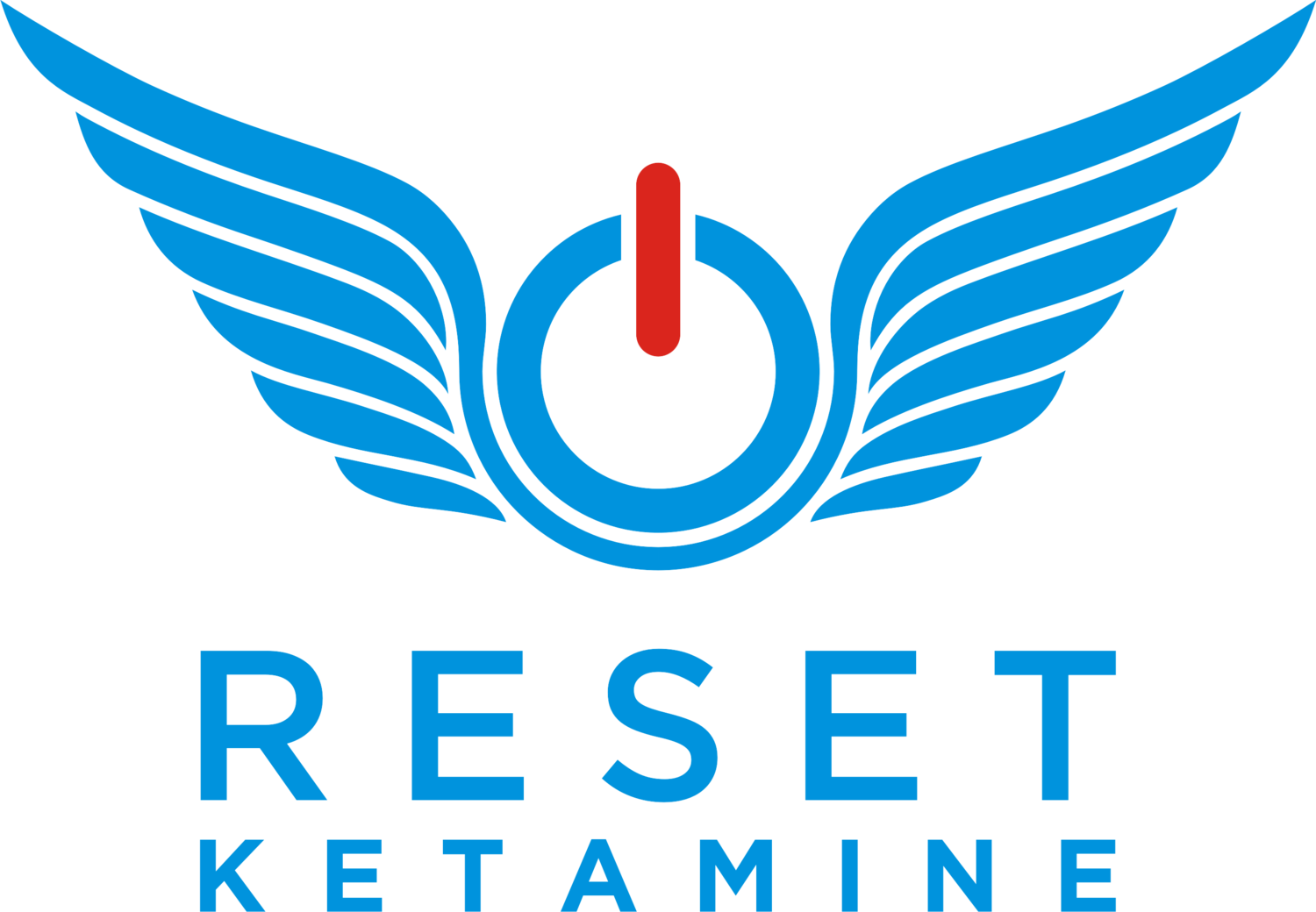Can ketamine help you with Seasonal Affective Disorder (SAD)? The simple answer is yes.
When traditional therapy is ineffective, ketamine infusions can be a rapidly effective alternative. Let’s take a deeper dive into this topic by answering three questions (if you just want to find out when you should start ketamine for SAD just jump to the last question!).
What is seasonal affective disorder and what are the risk factors?
Seasonal affective disorder (SAD) is a subset of depression, where throughout the year you have otherwise normal mental health, but experience depressive symptoms during a particular season (traditionally winter for most people). Symptoms of SAD include the following:
Classic depression symptoms:
Sleep changes: Insomnia or sleeping too much
Interest: loss of interest in things previously enjoyed
Guilt: feeling shame or worthless
Energy: decreased energy
Cognition/Concentration: reduced ability to concentrate or think clearly
Appetite: usually loss of appetite/weight loss, occasionally increased
Psychomotor: feelings lethargic (slowed down/tired) or agitated
Suicide ideation: preoccupation with death
The classic winter form of SAD can also include:
Craving food with carbohydrates
Feeling like “hibernating” - socially withdrawing
Gaining weight
These symptoms often coincide when there is less sunlight, so most who experience this have it during the fall and winter months. There is a less common form which can even occur during the summer months.
Those who are at a higher risk of experiencing SAD are:
Younger - Younger adults (and even teens) have a higher risk than older adults
Female - Females are four times more often to be diagnosed with SAD compared to men (2)
Family history of SAD - If a family member has experienced SAD, you are more likely to experience SAD compared to someone with no family history of SAD
History of depression or bipolar depression - Symptoms can worsen during seasonal changes.
Distance from the equator - The further north or south from the equator, the more people who experience SAD
How is SAD traditionally treated?
Classic treatment of SAD is approached in the following three ways:
Light therapy - With this treatment you sit in front of a light therapy box which emits bright light (harmful UV rays are filtered out). In Scandinavian countries which have long stretches of minimal light they have light rooms! Often the treatment lasts 20 minutes or more, and is done typically in the morning. Treatment can start in early fall and extend to spring, aka until there is more natural sunlight. Most people experience an improvement in symptoms within one to two weeks from starting.
Talk therapy such as Cognitive Behavior Therapy (CBT) - This can provide support and is a helpful adjunct or alternative to light therapy. There was a study showing six weeks of CTB in a group format (90 minutes twice a week) was as effective as 30 minutes of light therapy each morning.
Medications - Selective serotonin reuptake inhibitors (SSRIs) are the most common type of medication used to treat SAD.
When should you consider ketamine for SAD?
When traditional treatments as discussed above is not effective or is not rapidly treating the symptoms, this is where ketamine can help.
What is nice about ketamine, is that it does not require the 4-6 weeks needed before improvement is noticed like with SSRIs. For some, there is improvement within hours to days after the infusion. For those who already have underlying depression worsened by seasonal changes, ketamine can be a good adjunct therapy. You can continue your traditional depression treatment (pending any contraindications) and also supplement with ketamine infusions during the most challenging times of the season.
What is great about ketamine is that when the sunnier months come and your symptoms are resolved, you don’t need to undergo more infusions! The effectiveness of ketamine traditionally doesn’t require frequent or routine treatments in the setting of SAD. Ketamine is here when you need it and when you are feeling better you don’t need it.
What do you think of SAD and ketamine? Please leave any questions or comments below
References & Additional Information:
Seasonal Affective Disorder - National Institute of Mental health
Learn more about light therapy here: Light Therapy - Mayo Clinic
Photo by Trace Hudson from Pexels











Explore the transformative journey of ketamine therapy beyond the treatment room; emphasizing the critical importance of applying insights and making tangible changes in your life.